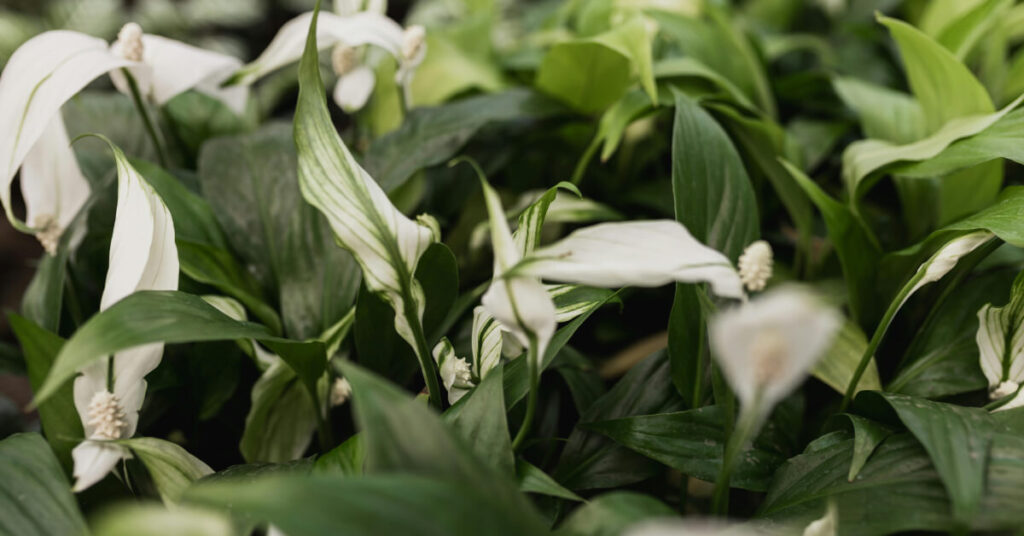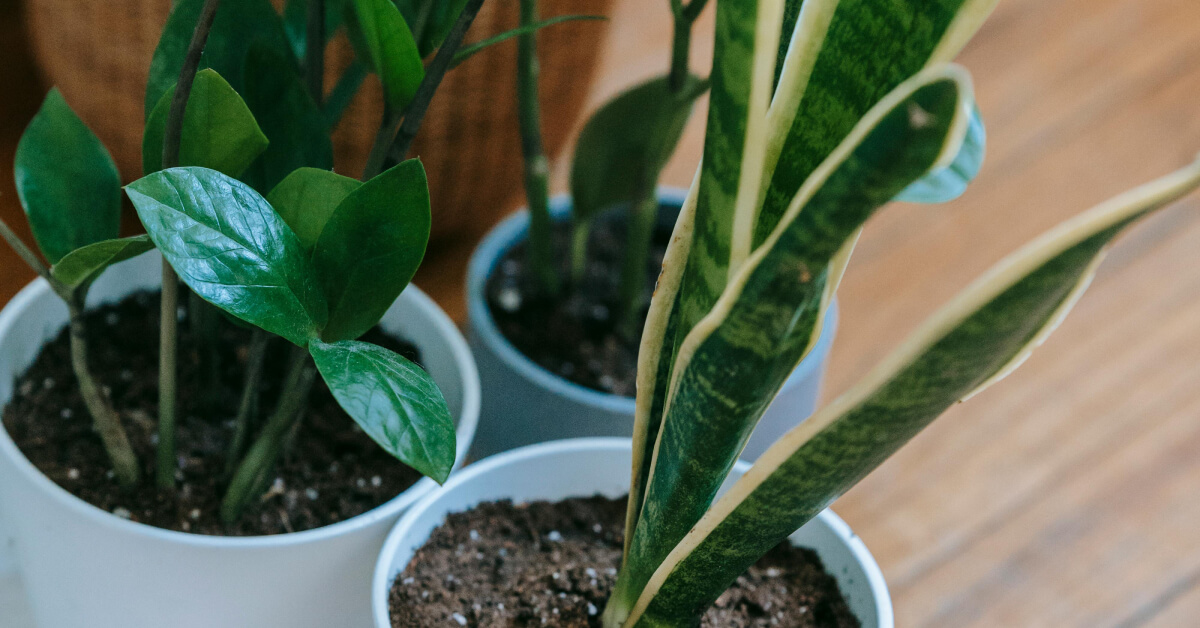How Do Air-Purifying Plants Work?
Indoor air can often be filled with pollutants from household products, furniture, and even cleaning supplies. However, certain houseplants serve as natural air purifiers, absorbing harmful chemicals and releasing oxygen. This process, known as phytoremediation, involves plants taking in toxins through their leaves and roots, helping to clean the air inside your home.
Plants play a crucial role in improving indoor air quality. According to NASA’s Clean Air Study, many common houseplants are capable of filtering out harmful substances like formaldehyde, benzene, xylene, and toluene. These chemicals can be found in a variety of everyday items, from furniture and carpets to paints and cleaning products. The more plants you incorporate into your home, the better the air-purifying benefits you’ll experience.
Best Air-Purifying Indoor Plants
Certain plants are particularly effective at removing toxins from the air. Each plant has unique properties, making them suitable for different environments and needs.
Snake Plant (Sansevieria trifasciata)
The Snake Plant is one of the most resilient and low-maintenance air purifiers you can have. It thrives in a wide range of light conditions, from low to bright indirect light. Watering once every 2-3 weeks is typically enough, as it’s highly drought-tolerant. The Snake Plant is particularly effective at removing formaldehyde, benzene, and xylene. Additionally, it releases oxygen at night, making it an ideal plant for bedrooms. It’s truly an excellent choice for beginners and busy plant owners.
Peace Lily (Spathiphyllum)
Peace Lilies are not only beautiful but also functional as air purifiers. They remove ammonia, benzene, and formaldehyde from the air. Peace Lilies prefer low to medium light and need watering about once a week. This plant is particularly useful for reducing indoor humidity and filtering toxins, but it’s important to note that Peace Lilies are toxic to pets if ingested, so they should be placed out of reach of animals.

Areca Palm (Dypsis lutescens)
The Areca Palm is a top performer when it comes to improving indoor air quality. It helps remove toluene, xylene, and formaldehyde from the air while also acting as a natural humidifier. The Areca Palm thrives in bright, indirect light and requires watering once every 1-2 weeks. Its tropical appearance adds an elegant touch to any space, and it’s an excellent choice for rooms that need both air purification and improved humidity.
Spider Plant (Chlorophytum comosum)
The Spider Plant is a hardy, pet-friendly air purifier that thrives in low to bright, indirect light. It’s known for its ability to remove carbon monoxide, formaldehyde, and xylene from the air. Watering once a week is sufficient. Spider Plants are easy to care for and also produce baby plantlets that can be propagated, making them a great addition to homes with pets or children.
Aloe Vera
Aloe Vera is well-known for its healing properties, but it’s also an effective air purifier. It can filter out formaldehyde and benzene from the air. Aloe Vera prefers bright, indirect to direct light and requires watering approximately once every 3 weeks. Besides improving air quality, it’s also a practical plant for sunny windowsills, as the gel from its leaves can be used for minor burns and skin irritations.
Boston Fern (Nephrolepis exaltata)
The Boston Fern is a lush, humidity-loving plant that removes xylene and formaldehyde from the air. It thrives in medium, indirect light and requires consistently moist soil. Boston Ferns are particularly well-suited for bathrooms or other spaces with higher humidity. Their ability to improve indoor air quality, combined with their love for moisture, makes them a great option for areas that need extra humidity and filtration.
Rubber Plant (Ficus elastica)
The Rubber Plant is an attractive air purifier that removes formaldehyde and carbon monoxide. It does best in bright, indirect light and needs to be watered every 1-2 weeks. The Rubber Plant is an excellent addition to living rooms or offices where it can effectively filter toxins. However, it’s important to note that it is mildly toxic to pets, so care should be taken to keep it out of reach.
Dracaena (Dracaena spp.)
Dracaena species, such as the Dracaena marginata and Dracaena fragrans, are excellent at filtering out benzene, formaldehyde, and trichloroethylene. They are suitable for low to medium light and require watering once a week. These plants are particularly well-suited for offices or homes with limited natural light. Like many other plants in this category, Dracaenas are toxic to pets if ingested, so they should be placed where pets cannot reach them.
Golden Pothos (Epipremnum aureum)
The Golden Pothos is one of the most popular houseplants, especially for beginners. It is effective at removing formaldehyde, benzene, and carbon monoxide from the air. Golden Pothos is easy to care for, requiring only once-a-week watering and tolerating a wide range of light conditions, from low to bright, indirect light. This plant’s ability to thrive in low-light environments makes it perfect for areas like offices or hallways.

Bamboo Palm (Chamaedorea seifrizii)
The Bamboo Palm is another pet-friendly air purifier that excels at removing formaldehyde and carbon monoxide from the air. It grows well in medium to bright, indirect light and requires watering every 1-2 weeks. This plant is particularly effective at improving humidity levels in dry indoor environments, making it a great choice for rooms that need both air purification and added moisture.
How to Maximize the Air-Purifying Benefits of Plants
To get the most out of your air-purifying plants, it’s important to follow a few best practices:
- Increase the number of plants: NASA’s Clean Air Study recommends having at least one plant per 100 square feet for optimal air purification.
- Keep plants clean: Dust can accumulate on the leaves, blocking their ability to filter the air effectively. Wipe down leaves regularly to maintain their purifying power.
- Place plants in high-traffic areas: The more often air circulates through the plants, the more effective they will be at cleaning it. Consider placing them in living rooms, bedrooms, or offices.
- Choose larger plants: Plants with more leaf surface area have a greater capacity for air purification, so try to incorporate larger plants into your indoor garden.
Breathe Cleaner Air with Houseplants
Adding air-purifying plants to your home is a simple yet effective way to improve indoor air quality. These plants help filter harmful toxins, boost oxygen levels, and create a healthier environment. Whether you choose low-maintenance options like Snake Plants or humidity-loving varieties like Ferns, the right plants can help clean the air and refresh your living space.

